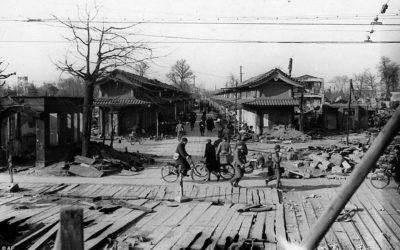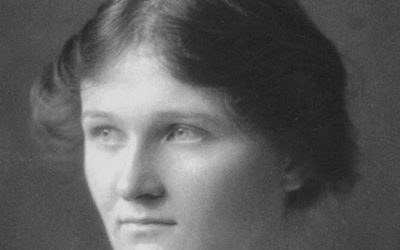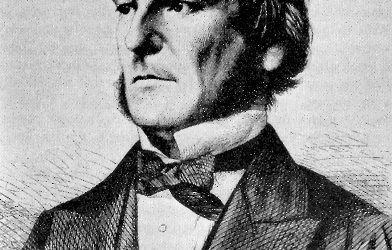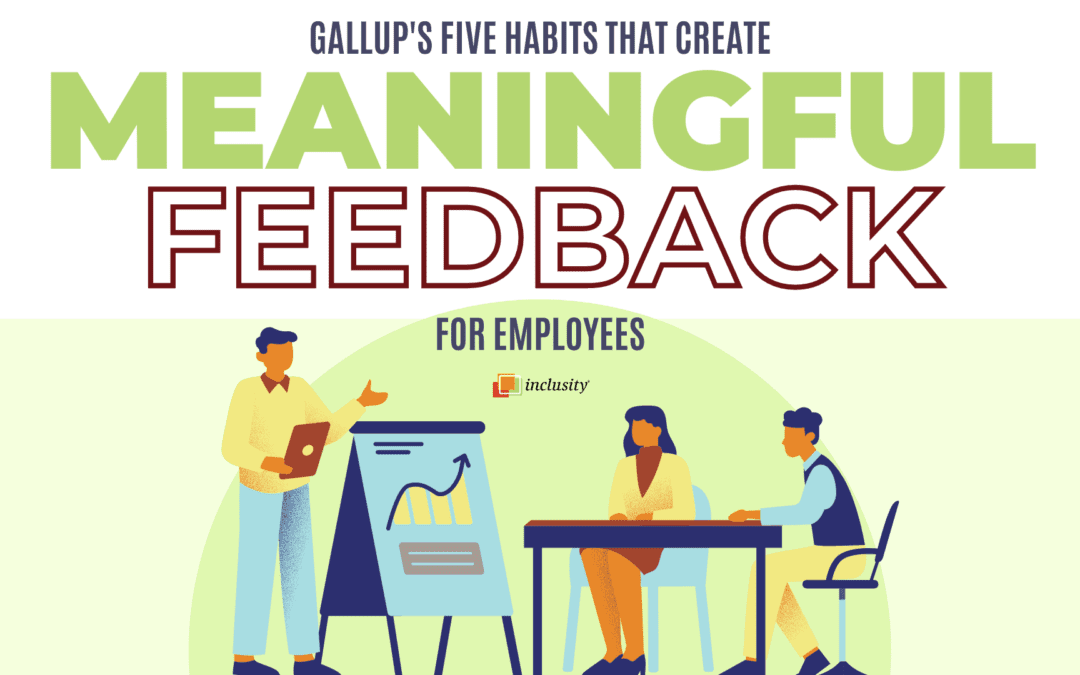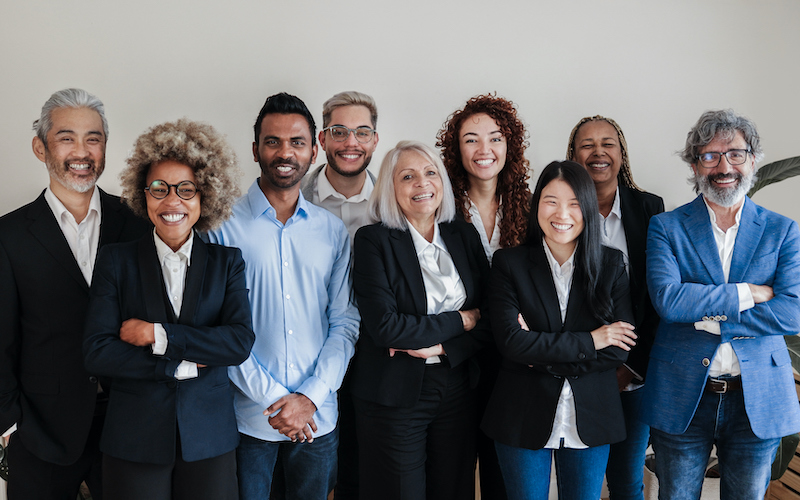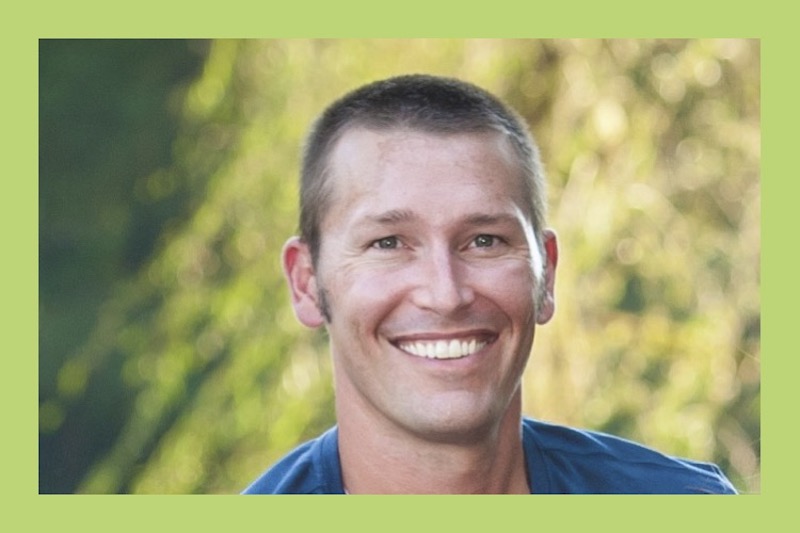At Inclusity we strive to unlock the potential of teams by recognizing and managing the differences that make us all unique. Diversity means more than any spectrum of visible differences; there is diversity of opinion, diversity of background, diversity of approach, all informing our actions in less visible ways. In our training we emphasize the importance of harnessing these differences to make teams stronger and try to point the way to a future of greater cooperation and understanding.
However, we also find inspiration and confirmation of our principles in the past, in the history of achievements made by people of diverse backgrounds and cultures. We know, too, that theories can only go so far in convincing people, that we need examples of our principles in action to make our training complete. The purpose of this biweekly series of posts is to show some of these examples, to chronicle the achievements of great people in our country’s past who embody the importance of diversity in all its facets.
In this space we will be sharing the stories of outstanding achievers: scientists, inventors, entrepreneurs, educators, and more. Though their accomplishments are in many different fields, they all share several traits. All of them possessed Elements of Individuality that set them apart from the mainstream in their chosen field; for many this was their racial and ethnic background, for others it was sex/gender, for still others their attitudes or opinions. All of them faced adversity in their careers, from grinding poverty to social scorn and discrimination. And most importantly, all of them broke the barriers and challenged the stereotypes of success that stood in their way. They are all role models who should inspire people of any race, gender, or creed.
We will begin this series with achievers from the last century in the United States, because those are the people whose accomplishments are most relevant to the business environment in which we do our training. However, as the series goes on we may branch out into other countries and eras, and we’re always looking for new ideas. If you know about people whose stories belong here, we invite you to start a conversation about them in the comments beneath each post. This series is about sharing stories, and sharing is a two-way process.


